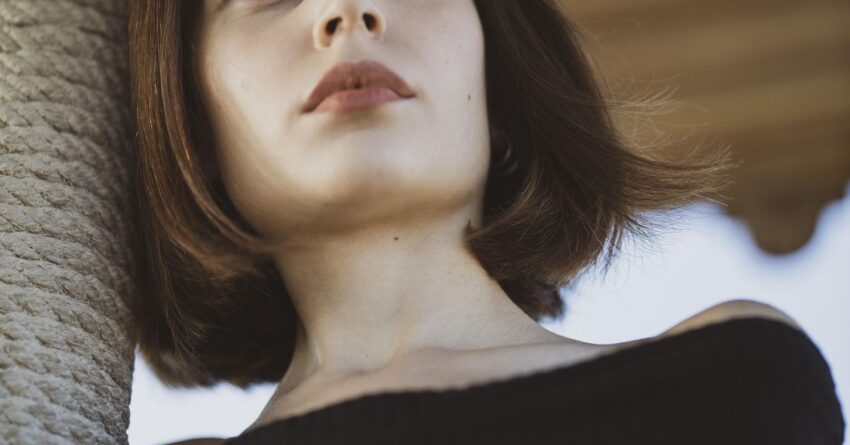
Source: Iwatteternal / Pixabay
Chocolate chip cookies and carb-binging. Oversleeping. Weight gain. Gloom. Low energy, social isolation. Brain fog. Yup: Winter is coming. These are a few symptoms making up seasonal affective disorder, or SAD. And SAD is real.
We were made to spend days outside. Human bodies need light to calibrate circadian rhythms, create proper sleep, and absorb vitamin D for bones and mood. While light therapy doesn’t offer vitamin D (vitamin D supplements do), light therapy helps a host of other woes.
People with SAD often suffer psychiatric co-morbidities like depression, anxiety, and premenstrual syndrome/premenstrual dysphoric disorder (PMS/PMDD). Light therapy has been shown to effectively help these, as well as depression in pregnancy and even bipolar disorder. If you take medication for any diagnosis, you still need to, but light therapy can offer additional and significant help.
SAD affects more women than men, with a ratio of 4:1, or 80 percent, but also affects people in northern climes much more than those in the south. Light therapy will help, but is not effective unless you use it consistently. That tends to prevent people from even starting. They’re unaware of how easy it is. It’s simple to begin and to continue.
Here’s what you need to know:
- Buy a light with 10,000 lux that has received good reviews. Don’t overthink it—there are scores of lights and the selection alone can overwhelm. Just take the leap and buy an inexpensive, small one—you can buy a light with 10,000 lux for under $30—and you can always upgrade later. You want it to be lightweight and portable. It’s an inexpensive investment that pays great dividends.
- Place the light 12 to 18 inches from your face. There is no need to look at the light or pay attention to it in any way. It just needs to be a foot or so away from your eyes. This is the tip most people miss, then decide light therapy is “not working.”
- Find the optimal “dose” that works for you. Thirty minutes in the morning is recommended, but some lights have differing brightness levels and you can use less time at higher brightness, more time at lower brightness, etc., as you prefer.
- Switch it on every morning. Northern dwellers should begin light therapy in October, or November at the latest. People think grey skies of fall and winter are the problem, but it’s not just that. Shorter days are significantly—hours—shorter in higher latitudes. This makes getting enough natural light much more difficult. Until days get substantially longer in spring, light therapy helps mood, sleep, PMS symptoms, and more.
- Don’t overdo it. As with all things, use moderation. Some people notice they feel better and “brighter” in a few days or less. But more is not better. If you “overdose” light at too high intensity, or for too long, you may feel anxious or jittery or get a mild headache or eye strain. Don’t worry, this abates within a few hours. This is especially important with bipolar disorder, where triggering hypomania or mania is a concern, but a very low-risk one (often mentioned as possible, but rarely, if ever, seen in practice).
- Take it with you. A smaller light fits in your purse, backpack, or briefcase. Set it in your bathroom and turn it on while you brush your teeth, wash your face, or put on makeup (if you do). Prop it on a box to ensure it’s close enough to your face. If you need more minutes, place it at the breakfast table (no risk to children or pets). Pop it in your bag and take it to work. Put the light on your desk beside your computer and work away. You can even have one for home and one for work.
- If you forget to use it in the morning, skip it. We’re not exactly sure how light therapy works, but it seems to offer salutary effects on serotonin, melatonin, and circadian rhythms. Just as morning light is best when getting natural light, light therapy should be used before noon to avoid negative effects on sleep cycles.

Source: Marco Massimo/Pixabay
Many people resist light therapy, but once they use it correctly, they never stop (except in summer). It’s a great investment in self-care: simple to use, inexpensive, few (if any) side effects, and very effective. Offer yourself a two-week trial. It’s almost guaranteed you’ll be glad, (not SAD)!
